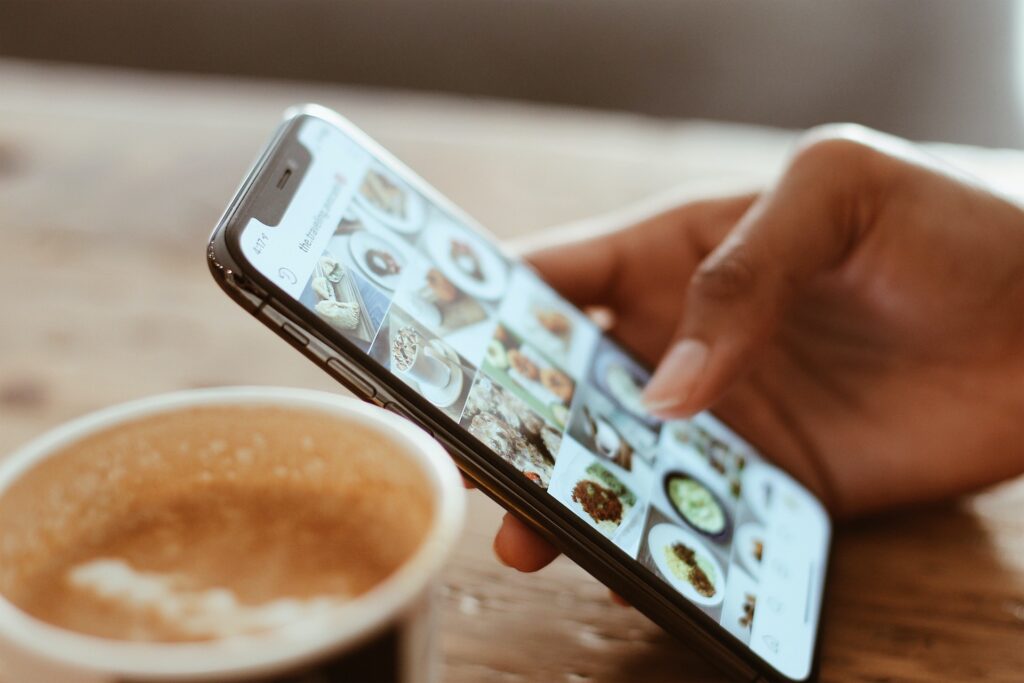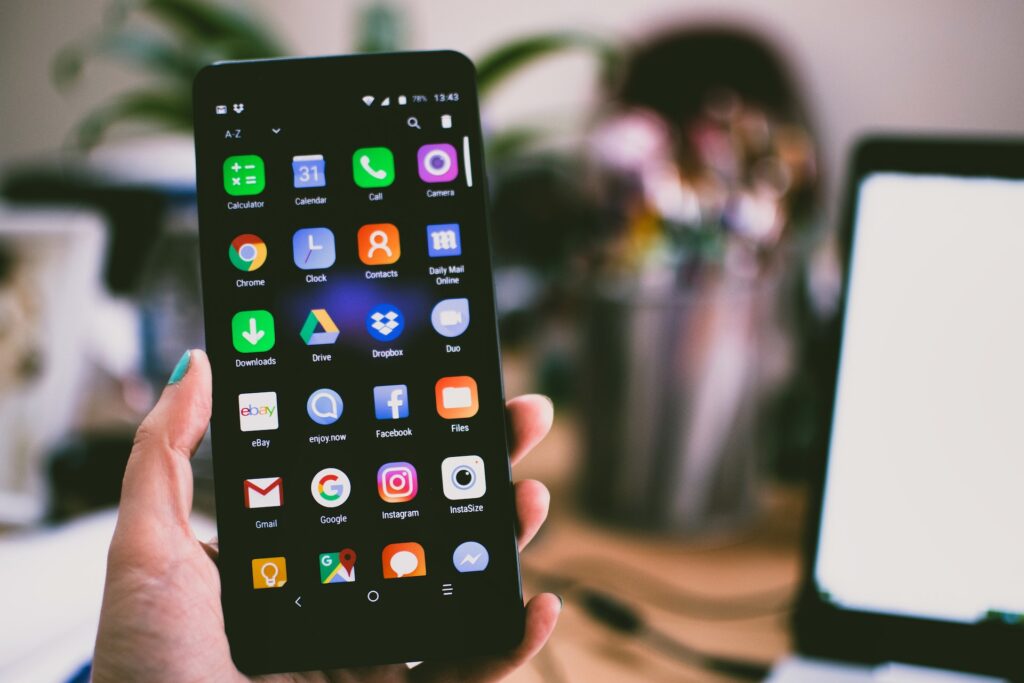Have you ever wondered why your phone’s battery drains so quickly? In this article, we’ll explore nine top factors that can affect a mobile device’s battery life. From screen brightness to background apps, there are numerous elements that play a role in how long your battery lasts. So, if you’re curious to learn more, LFG!
If you want to know how to maximize your phone’s battery life or understand why certain activities drain your battery faster, this article is for you. By understanding these factors, you can make informed decisions to prolong your battery life and ensure that you stay connected throughout the day. Or if you’re in the market for a new phone – you know where the trade-offs are so you can make a better purchase decision. So, let’s dive in and explore the world of mobile device batteries!
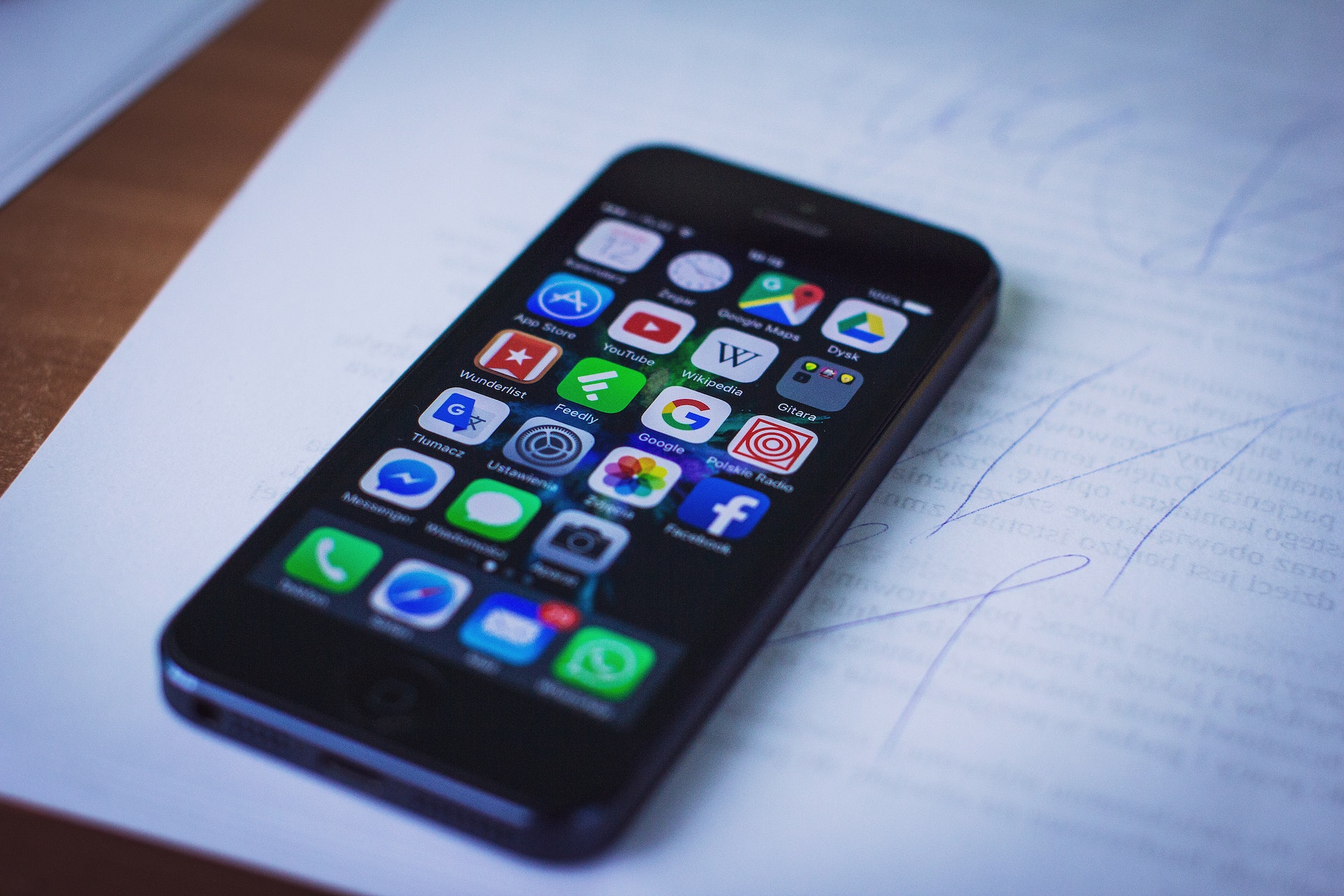
Screen Brightness
Impact of high screen brightness on battery life
One important factor that affects a mobile device’s battery life is the screen brightness. When you set your screen brightness to a higher level, it consumes more power, leading to a faster battery drain. This is because the backlight of the screen requires more energy to produce brighter colors and to illuminate the display. If you typically keep your screen brightness at the highest level, you may notice that your battery percentage decreases rapidly.
To optimize your battery life, it is recommended to adjust your screen brightness to a lower level. Most smartphones and tablets have an auto-brightness feature that adjusts the screen brightness based on ambient light conditions. Enabling this feature can save significant battery power as your device will automatically adjust the brightness to an appropriate level for different lighting environments.
How to adjust screen brightness to optimize battery life
If your device doesn’t have an auto-brightness feature or you prefer to manually control the screen brightness, you can follow these steps to optimize your battery life:
- Open the Settings menu on your device.
- Look for the Display settings and tap on it.
- Find the Brightness option and adjust the slider to a lower level. You can experiment with different levels until you find a balance between visibility and battery consumption.
- Additionally, some devices offer a “Battery Saver” mode that reduces screen brightness automatically when battery levels are low. Enabling this mode can help preserve battery life when you are running low on power.
By adjusting your screen brightness to a lower level, you can significantly extend your mobile device’s battery life.
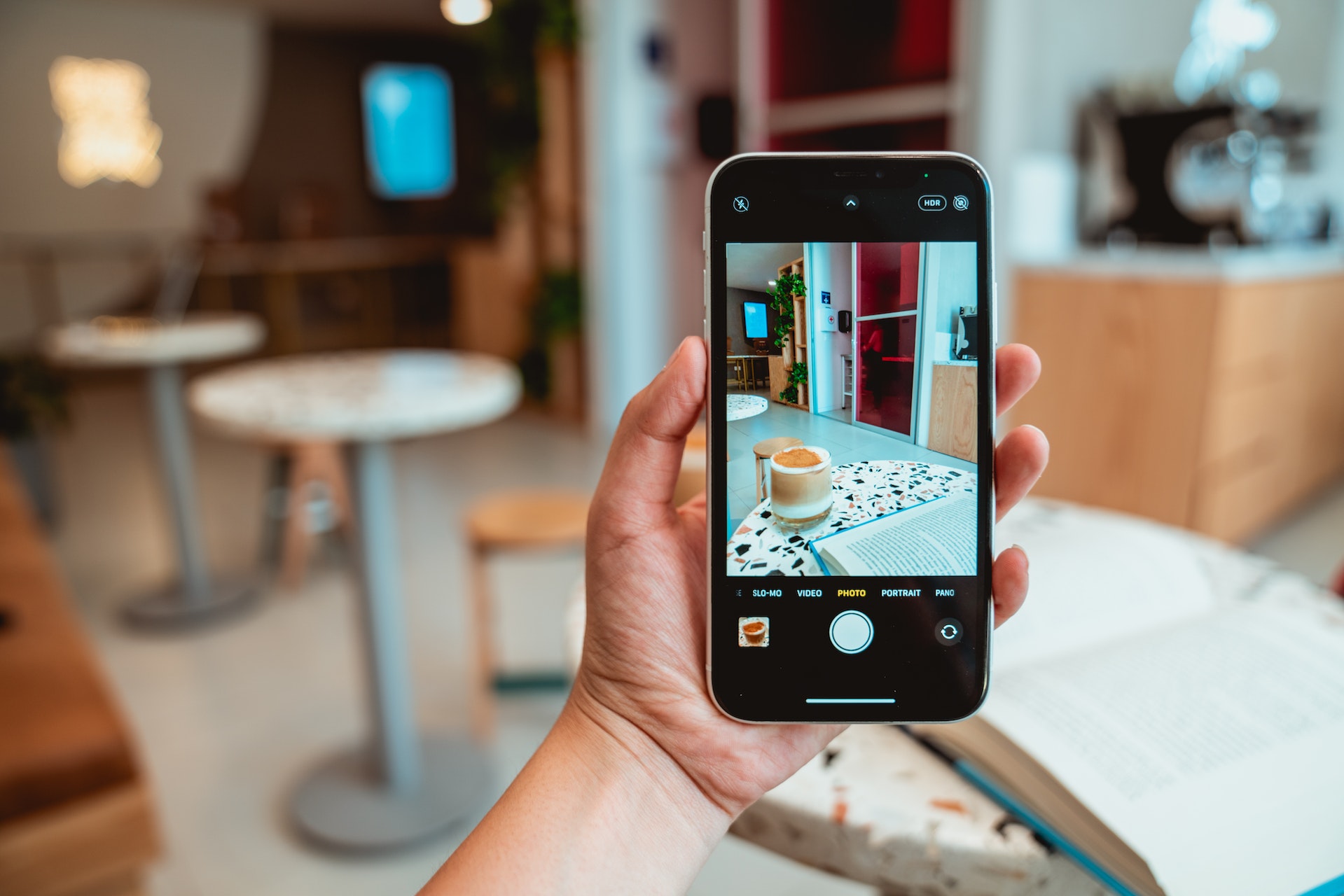
Background Apps
How background apps consume battery power
Another factor that affects a mobile device’s battery life is the presence of background apps. Background apps are the applications running in the background of your device, even when you are not actively using them. These apps consume battery power as they continue to perform tasks and retrieve data, such as notifications, updates, and location tracking.
When multiple apps are running in the background, they collectively use system resources and drain the battery faster. Apps that constantly refresh content, use location services, or require an internet connection can be particularly battery-intensive. The more background apps you have, the more power your device needs to keep them all running.
Methods to manage and close background apps for better battery life
To optimize battery life and reduce the drain caused by background apps, you can employ a few strategies:
- Close unnecessary apps: From time to time, it is beneficial to manually close apps that you are not actively using. This prevents them from running in the background and consuming battery power unnecessarily. On most devices, you can access the recent apps menu by either tapping the square or rectangular button at the bottom of the screen or by swiping up from the bottom of the screen and holding briefly. From there, you can swipe away or close the apps that you no longer need.
- Disable background refresh: Many apps have a background refresh feature that allows them to update their content even when they are not in use. You can selectively disable this feature for certain apps or altogether from the settings menu. By disabling background refresh, you restrict the app’s ability to use system resources and drain the battery.
- Use battery optimization tools: Some devices and operating systems come with built-in battery optimization tools that can help manage background apps more efficiently. These tools can intelligently reduce app activity, limit background processes, and conserve battery power. Explore your device’s settings and look for battery or power management options to find these tools.
By managing and closing background apps, you can significantly improve your mobile device’s battery life.
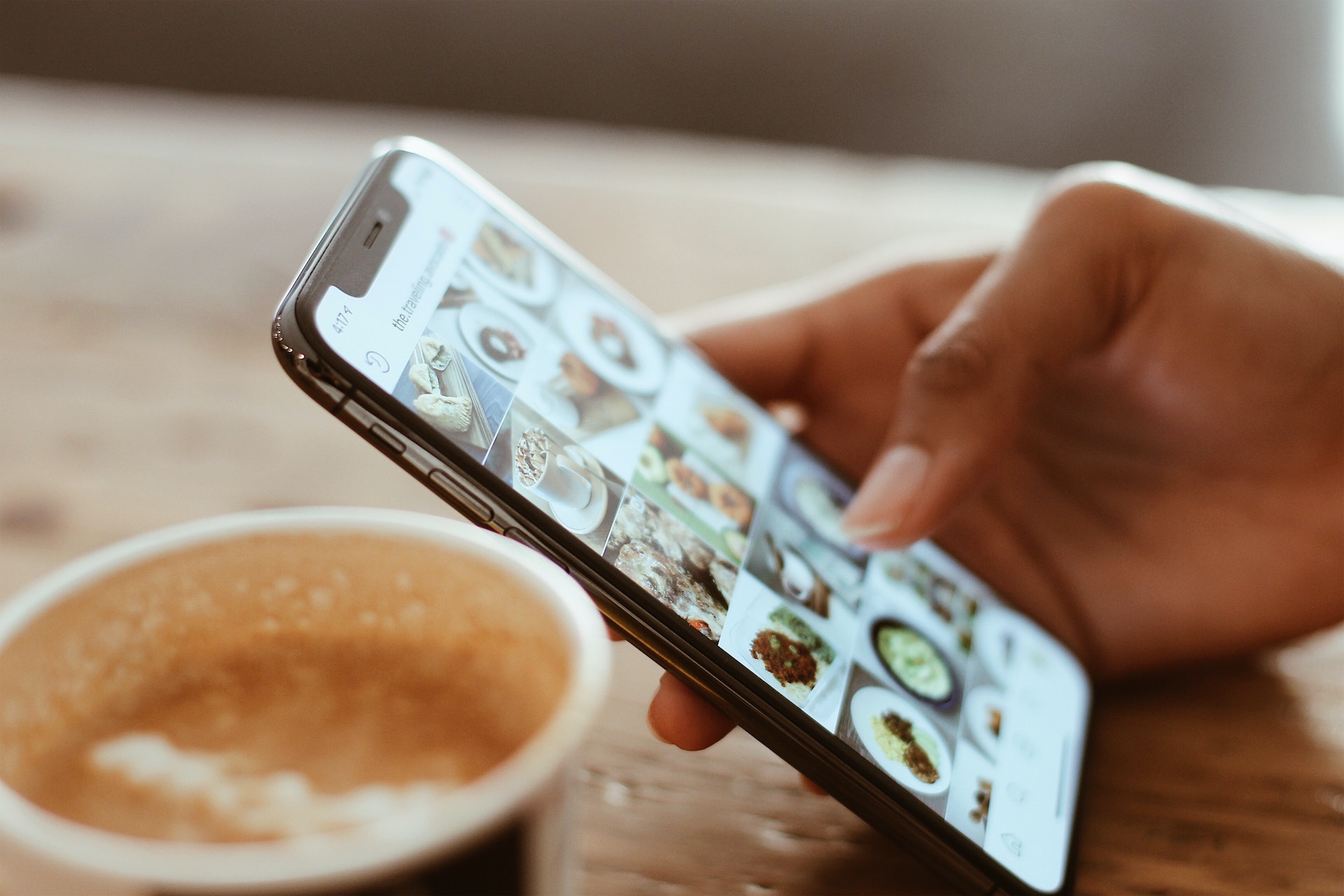
Display size and resolution
Larger, higher-resolution screens use more power
We’ve already seen the screen on the list before regarding brightness and the screen size and resolution are key factors affecting a mobile device’s battery life. This is because larger screens literally have more pixels to power.
For example, a typical 5.5″ smartphone with a 1080p display has a resolution of 1920 x 1080 pixels. But a larger 6.5″ phone with the same 1080p resolution has 2340 x 1080 pixels – about 21% more total pixels!
Driving all those extra pixels requires more graphics processing power and screen brightness/backlighting to maintain the same image quality. More GPU and backlight activity draws additional current from the battery.
Higher screen resolutions are another drain, as a 1440p or 4K display packs in a lot more pixels into the same physical space versus 1080p. All those tightly condensed pixels need extra power for clarity. And with the race from Retina to Retina+ and HD+ continuing in flagship phones, this will continue to be a large factor.
Larger and higher-resolution displays look great, but essentially stress the battery more to maintain performance. There is not much you can do with your current device on this one but if you are in the market for a new phone you need to balance desired screen size with your expected battery life. Check out our review of the Moto G which has a massive 6.8″ screen yet boasts a 2-day battery life.
Processor performance
Faster processors like quad-core drain battery quicker than slower chips
Mobile processors like quad-core CPUs offer more speed and power compared to dual-core or single-core chips. However, this added performance draws more electrical current and battery usage.
A quad-core processor, commonly now a standard, contains four CPU cores on one integrated circuit, allowing it to handle four computational tasks simultaneously. This parallel processing ability enables features like multi-tasking various apps, advanced gaming graphics, video editing, and other intensive operations.
However, each CPU core adds complexity and transistors – quad-cores can contain over 100 million transistors! This intricate circuitry utilizes more power, even during idle standby. And when pushed to max performance, a quad-core CPU consumes more current versus a simpler, slower dual-core chip.
Additionally, the faster processing capabilities of quad-core CPUs allow users to perform more tasks on their devices. This increased workload again stresses the battery over time. More computing activity means higher energy utilization.
On this one, there isn’t much you can solve on your current phone but if you’re in the market for your next phone know that advanced quad-core and octa-core processors deliver powerful performance but at the cost of quicker battery drain versus dual or single-core chips with slower processing. Users have to balance speed versus battery economy. See our review on the Samsung Galaxy A03 Core which packs an older Octa-core processor in a sub $100 phone.
Use of radios and network connectivity
Cellular data, WiFi, Bluetooth, and GPS all reduce battery life
A phone’s ability to connect and transmit data via cellular, WiFi, Bluetooth, and GPS requires power-hungry radios and antennae. Keeping these features active and searching for networks/signals takes a constant toll on battery life.
Cellular radios are one of the biggest drains in mobile devices. The phone is constantly connected to the mobile network, sending and receiving small bits of data for push notifications, emails, etc. The cellular antenna has to maintain a strong enough signal, switching frequencies and towers as you move around. All this activity keeps the modem chip active and drawing current.
WiFi and Bluetooth also require their own transceivers to send/receive data. The WiFi radio is constantly searching and maintaining connections to access points. Bluetooth does the same to link with peripherals like headphones. Even when not actively transferring data, these radios use power to keep connections alive.
GPS is also battery intensive, as the receiver has to get a lock on multiple satellites to pinpoint your location, especially indoors. This requires considerable signal processing that utilizes more juice.
Overall, minimizing the use of unneeded connections like Bluetooth and GPS, or turning off cellular/WiFi when not needed, helps conserve battery life. But in general, wireless radios are a necessary battery drain for mobile devices.
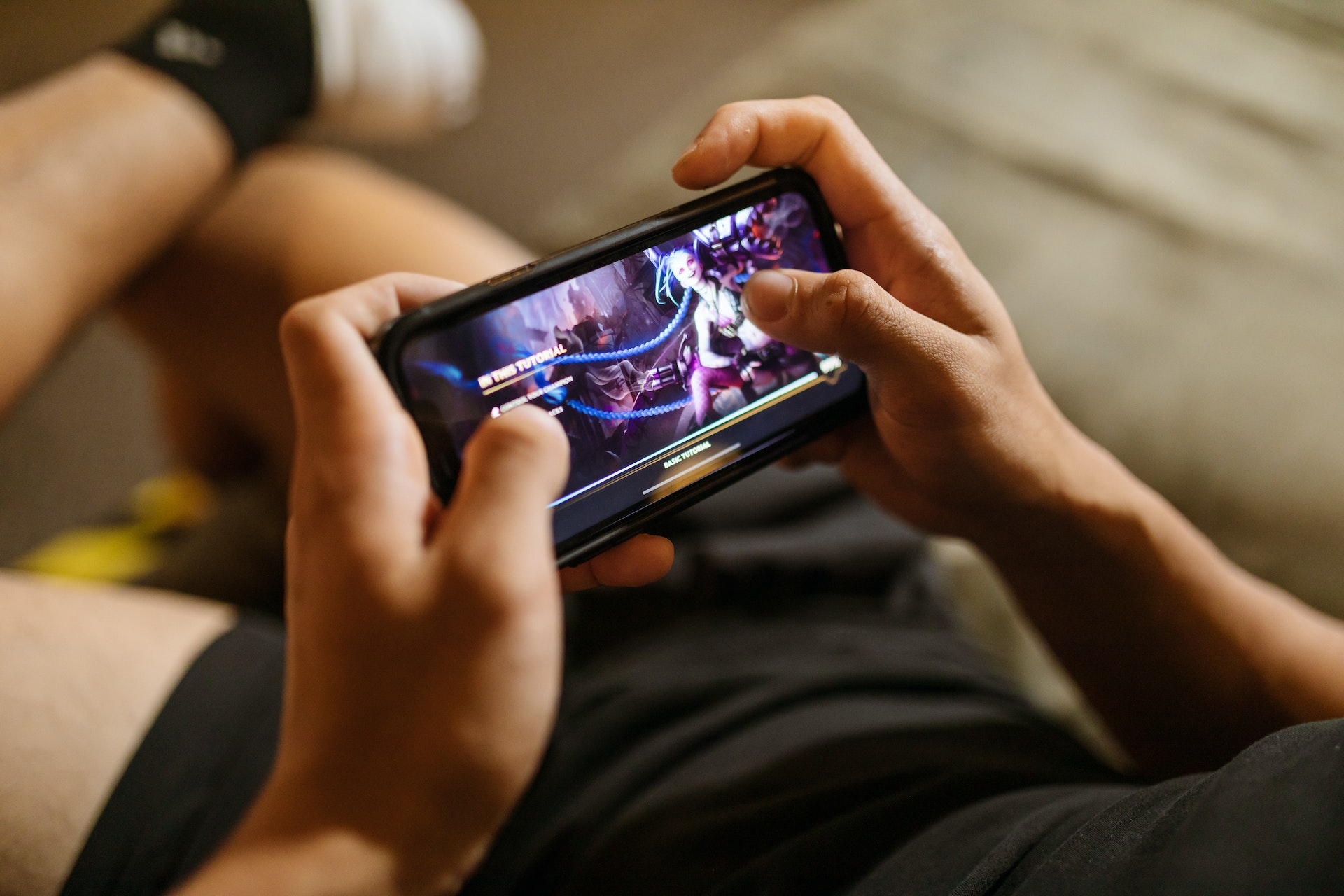
Gaming and video streaming
Graphics-intensive apps and media drain battery faster
Mobile games and streaming high-definition video require significant processing power from the device’s graphics processor and CPU. This strains the battery in a few key ways:
- Brightness – Games and videos typically have high on-screen brightness, pushing the backlight and screen to maximum luminosity. This consumes substantial power.
- GPU Processing – The graphics chip has to work hard to render complex 3D game visuals or decode/process HD video frames. Quick GPU cycles use more electricity.
- CPU Usage – Alongside the GPU, the CPU handles many game physics, AI, video decoding, and other logic-related tasks. High CPU utilization hits battery life.
- Battery Heat – Gaming/streaming can heat up the battery from all the intensive computations, reducing its charging capacity and efficiency.
- Bigger Displays – Media is best consumed on larger screens which require more power as explained previously.
These demanding graphics, processing, brightness, and the heat generated by mobile gaming and streaming take a heavy toll on battery life compared to simpler apps like messaging or maps. Users have to balance amazing visuals with reduced usage times.
Operating system settings
Some OS settings optimize battery life better than others
The two dominant mobile operating systems – iOS and Android – have robust built-in power management designed to extend battery life. Here are some ways they optimize power usage:
- Efficient OS architecture – The operating system code is designed to be lightweight and suspend background processes when not needed. This prevents resources from being used unnecessarily.
- App standby – Unused apps are automatically restricted from doing excessive work in the background that drains the battery. The OS allocates resources smartly.
- Adjustable power modes – Low power modes temporarily disable battery-draining features like background app refresh and visual effects to save juice when required.
- Adaptive brightness – The display brightness is automatically adjusted based on ambient light conditions to conserve power.
- Battery heat management – The OS monitors battery temperature and slows system resources if overheating is detected to avoid damage.
- Overcharge prevention – Charging stops automatically at 100% capacity to maintain long-term battery health rather than continuously overcharging.
- AI and ML optimization – Machine learning helps train the OS over time to understand user behavior and optimize power usage accordingly.
This tight software integration between mobile OS and hardware allows better control and coordination of system resources to maximize battery efficiency.
Five mobile operating systems settings you can change to optimize battery life:
- Dark Mode – Darker screen backgrounds utilize less power on OLED displays. OS settings like iOS Dark Mode take advantage of this.
- Suspend Apps – Android and iOS can automatically suspend unused background apps after a while to save power.
- Low Power Mode – Special modes like iOS Low Power disable background activity and visual effects to conserve energy.
- Sync Optimization – Scheduling less frequent auto-syncs for email, social media, or weather data saves cellular and WiFi power.
- Location Access – iOS and Android allow limiting location access to only certain apps, rather than having it active for all apps constantly.
Overall, mobile OS makers are continually improving software efficiency to extend battery life. Using built-in power-saving settings, limiting unnecessary app activities in the background, and reducing the usage of battery-draining features like high brightness and cellular data can optimize daily usage. Taking advantage of these software tweaks helps maximize battery life on any mobile device.
Charging habits
Frequent full discharge/charge cycles strain the battery
The lithium-ion batteries used in mobile devices are sensitive to certain charging patterns that can diminish their full charging capacity over time. Three key habits that strain battery life are:
- Full discharge cycles – Letting the phone battery fully drain to 0% too often before recharging stresses the battery and reduces its lifespan. The ideal method is to ensure partial discharge cycles.
- Overcharging – Keeping the phone plugged in well past 100% overnight or for prolonged periods strains the battery as it receives excess current. This can cause overheating and capacity loss over time.
- Heat – Exposing a phone to high temperatures during charging also degrades the battery. The battery will lose its ability to hold a charge.
To optimize battery health, avoid full discharges when possible and charge to 100% but disconnect once full. Keeping the battery between 20-80% capacity as much as possible prolongs it’s charging longevity. Also, avoid charging in hot environments like direct sunlight. With careful charging habits, the battery can maintain its original capacity for longer.
Age of device
Older batteries hold less charge and deplete faster
As lithium-ion batteries age and go through repeated charge/discharge cycles, their maximum capacity slowly diminishes. This chemical degradation is inevitable as the components wear out.
An older battery has fewer viable lithium ions to power the phone and the ones present have lower mobility. This translates to the battery percentage dropping quicker during usage.
Additionally, aging batteries experience higher internal resistance building up over time. This leads to slower charging speeds as the old battery cannot accept current as fast. Slow charging is another sign of reduced performance.
Heat accumulation, improper charging habits, and exposure to extreme cold/hot temperatures exacerbate the degradation. After hundreds of cycles over a few years, an aged battery might only hold 70-80% of its original capacity.
The reduced capacity requires charging the phone more frequently. And once the available power drops below the minimum needed to run phone components, the device will shut down even at a 30% displayed charge.
Replacing the battery or the device itself is needed to restore the original battery life. So the age and usage of a mobile device play a key role in diminishing battery performance over time. Proper maintenance can prolong lifespan.
Bonus Item: Battery capacity
Higher mAh batteries last longer per charge
The battery capacity, measured in milliamp-hours (mAh), determines how much total energy the battery can store before needing to be recharged. A higher mAh battery has more runtime before depleting.
For example, a 3000 mAh battery has 50% more capacity compared to a 2000 mAh battery of the same voltage. The 3000 mAh battery can theoretically power the phone for 50% longer on a single charge.
However, higher-capacity batteries are physically larger and heavier. Smartphone makers have to balance battery life vs device weight and slimness. A massive 5000 mAh battery could provide multi-day usage but would make the phone bulky.
Beyond just capacity, factors like battery chemistry, voltage, and discharge rate impact total usable energy. So two different 3000 mAh batteries could have slightly different real-world performance.
But in general, higher mAh capacities directly translate to longer battery life for power users, if they are willing to carry the increased device weight. Phone makers carefully select appropriate battery sizes to match the intended usage time of a particular phone model before needing a recharge.
Conclusion
In summary, battery life is a crucial aspect of the mobile user experience. Many interdependent factors related to the display, processor, software, usage patterns, and the battery itself impact how long a device can last on a single charge. Manufacturers have to optimize these variables to balance battery efficiency with performance and form factor. As a consumer, being aware of these factors and making smart choices about screen brightness, background app activity, wireless radios, and other battery-draining functions can greatly extend the hours of usage. With ongoing hardware and software advancements, mobile devices will continue to achieve a robust battery life that matches the always-on lifestyles of today’s consumers. I use a refurbished iPhone Xr for work which is over 5 years old and my battery is amazing.

